A short train ride from Glasgow and a cracking day found me in Paisley
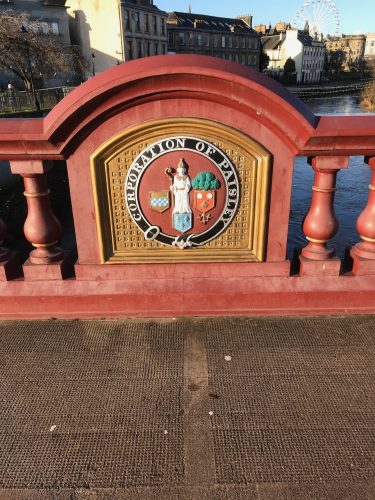
On the high street I marveled at this LEGO Santa and reindeer.
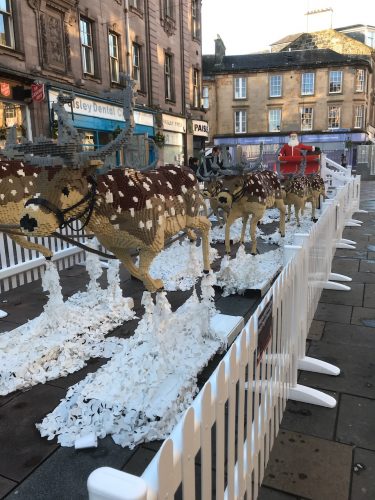
Santa in position for bairns to sit for a photo and Rudolph’s nose is being finished
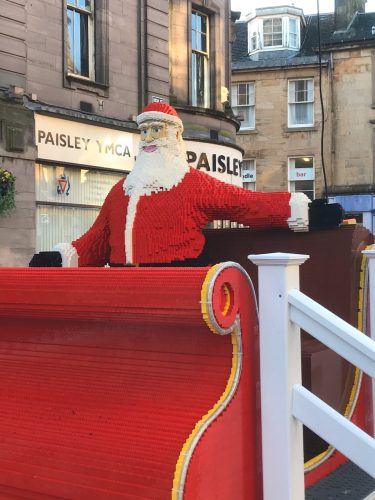

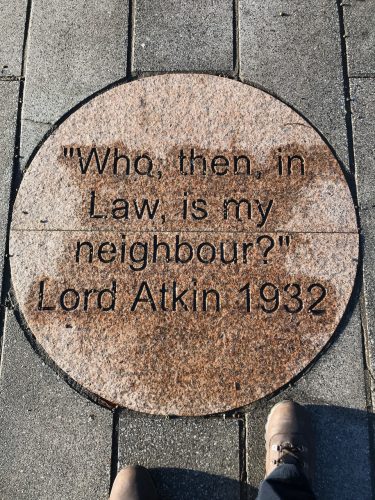
I was aware that the big historical draw for the town is the Abbey. I had expected a pile more like Jedburgh not a working church.
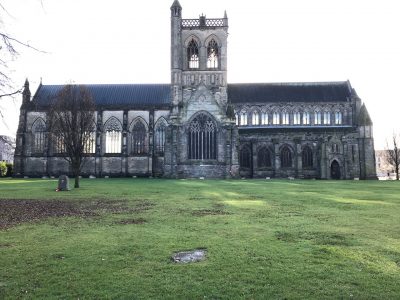
It is believed that Saint Mirin (or Saint Mirren) founded a community on this site in 7th century. Some time after his death a shrine to the Saint was established, becoming a popular site of pilgrimage and veneration. The name Paisley may derive from the Brythonic (old Welsh ) Passeleg, ‘basilica’ (derived from the Greek), i.e. ‘major church’, recalling an early, though undocumented, ecclesiastical importance.
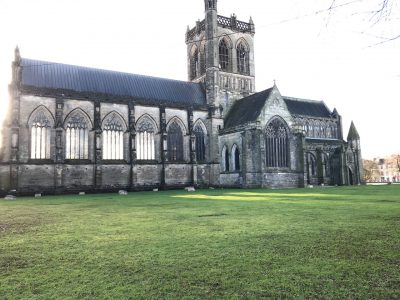
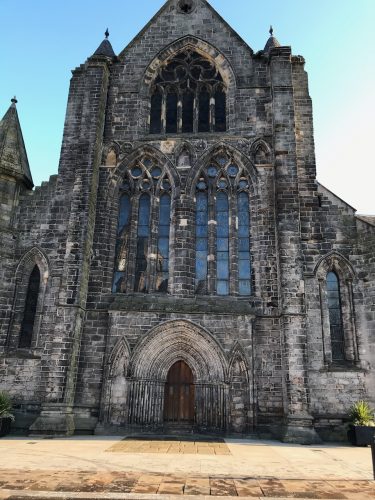
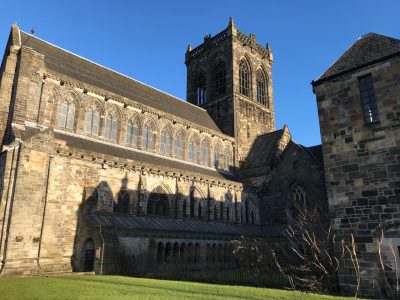
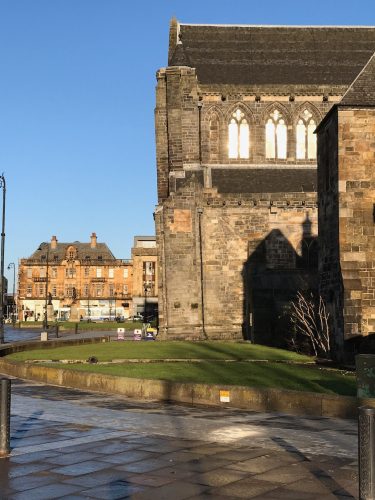
The drawing indicates the original carving on this Celtic Cross
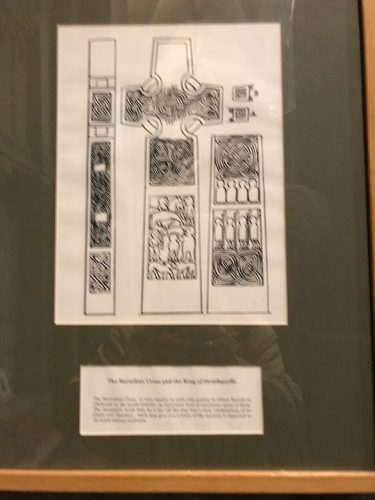
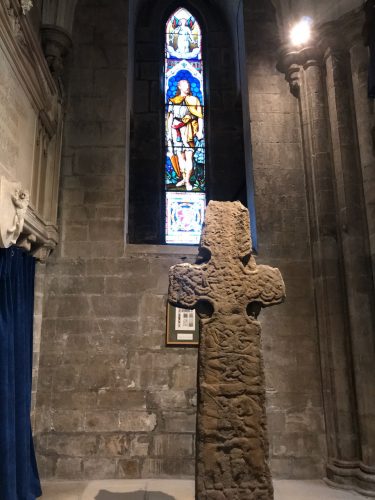
In 1163, Walter fitz Alan, the first High Steward of Scotland issued a charter for a priory to be set up on land owned by him in Paisley. It was dedicated to SS. Mary, James Mirin and Milburga. Around 13 monks came from the Cluniac priory at Much Wenlock in Shropshire to found the community. Paisley grew so rapidly that it was raised to the status of abbey in 1245. Monks from Paisley founded Crossraguel Abbey in Carrick, Ayrshire, in 1244.
In 1307, Edward I of England had the abbey burned down. However, it was rebuilt later in the 14th century. William Wallace, born in nearby Elderslie, is widely believed to have been educated for some time when he was a boy in the abbey.[3]
In 1316, Marjorie Bruce, daughter of Robert I of Scotland and wife of Walter Stewart, the sixth High Steward of Scotland, was out riding near the abbey. During the ride, she fell from her horse and as she was heavily pregnant at the time, she was taken to Paisley Abbey for medical care. There, King Robert II was born by caesarean section, in a time when anaesthesia wouldn’t have been available.
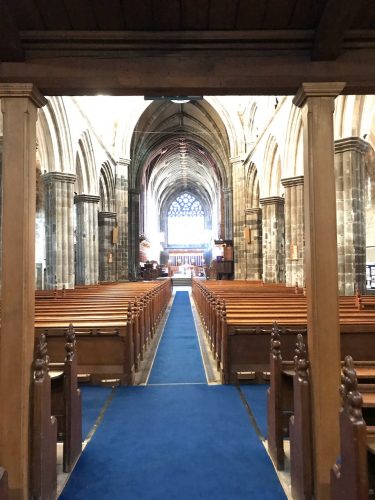
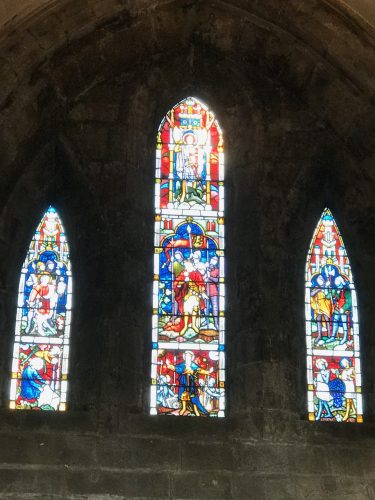
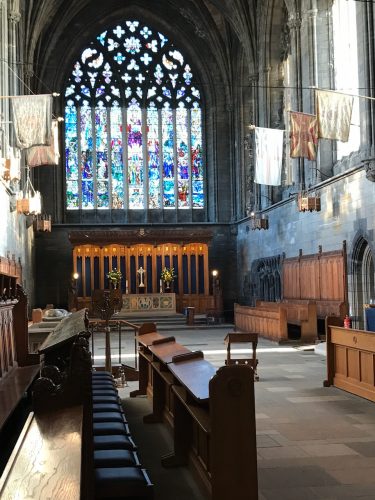
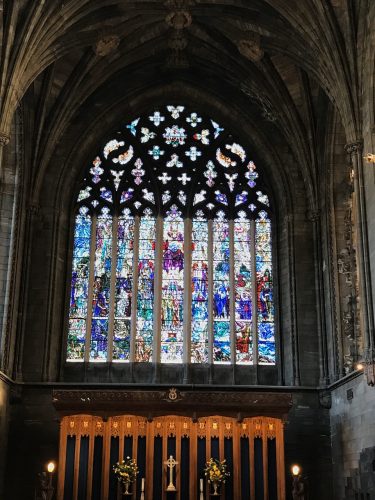
Not sure which photo of this stunning window I like best
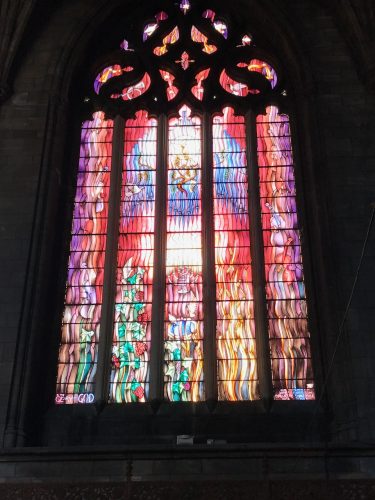
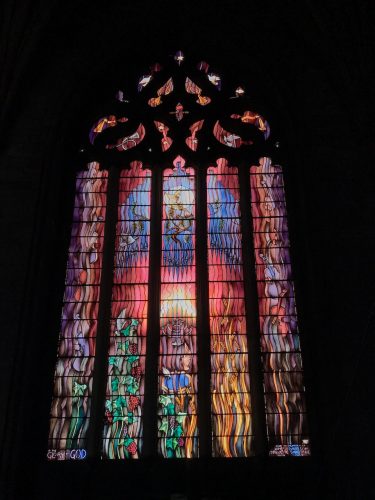
These intricate choir seat cravings are often seen in reconstructed churches
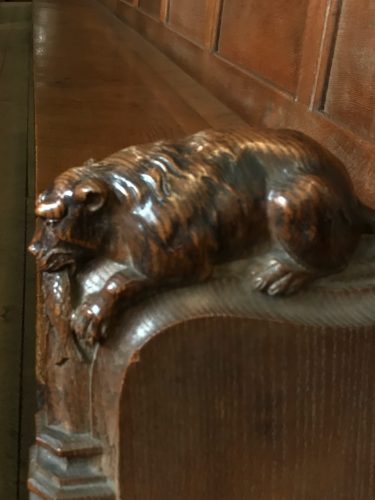
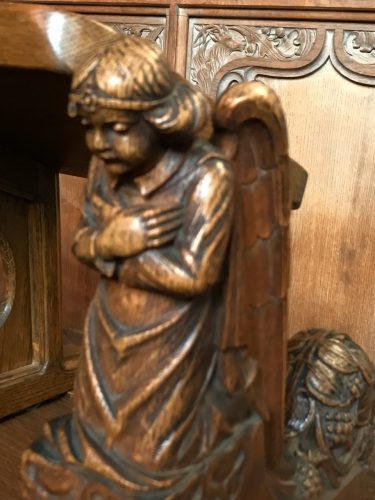
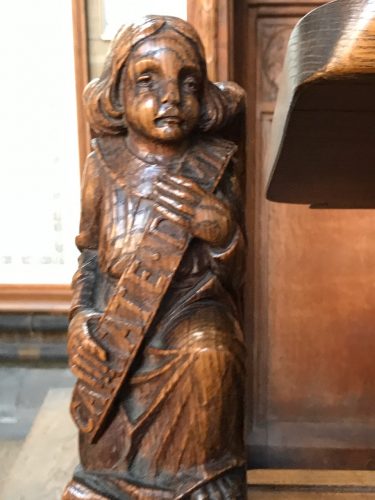
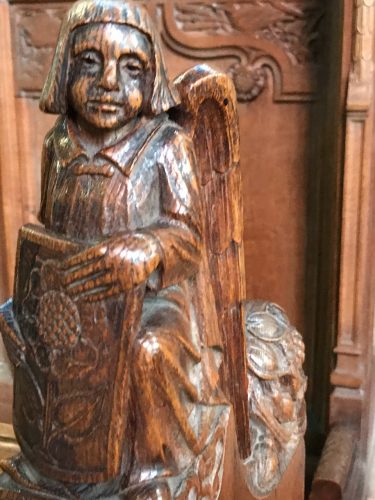
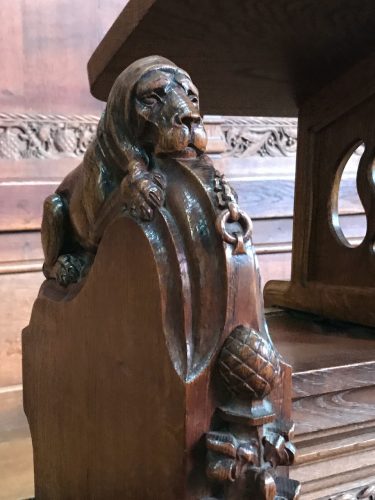
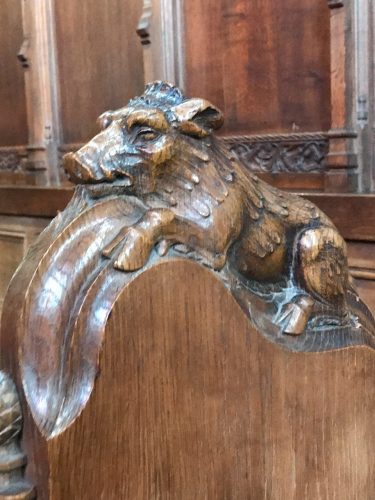
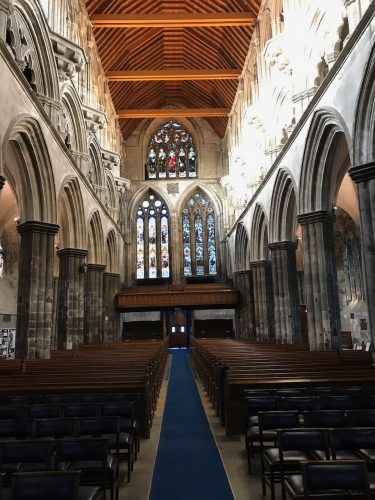
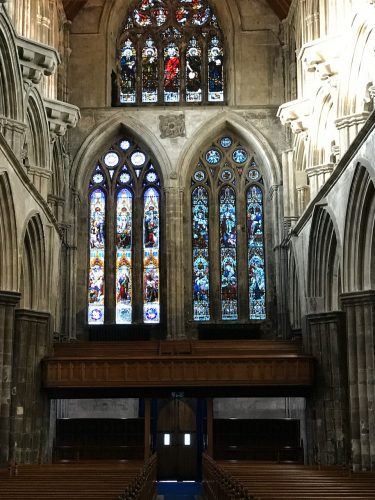
Nothing to do with the bar chain Wetherspoons, it honors a son who signed the US Declaration of Independence. The green dot highlights his signature. He was the only minister & college president (College of NJ now Princeton) to sign. In answer to an objection that the country was not yet ready for independence, according to tradition he replied that it “was not only ripe for the measure, but in danger of rotting for the want of it.” A thought many Scots feel about Scotland today.
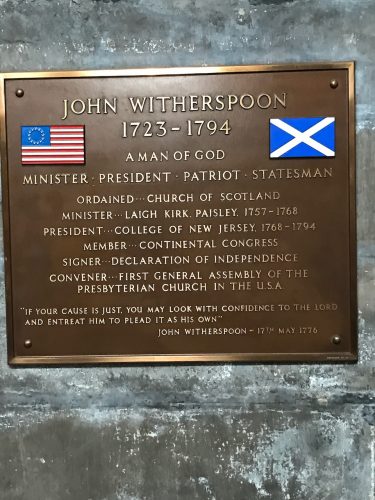
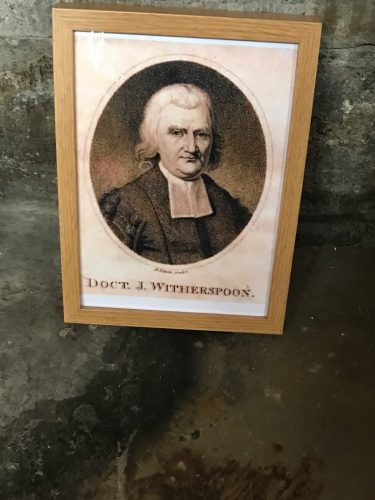
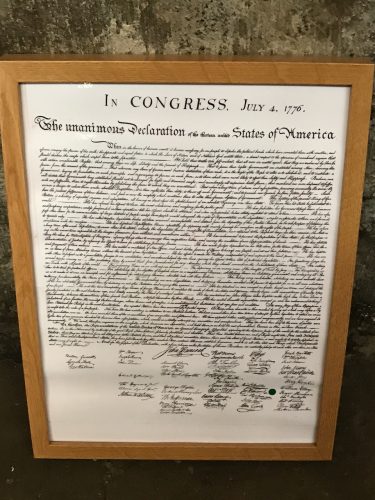
The city offices were closed unfortunately since these building ae usually worth a visit
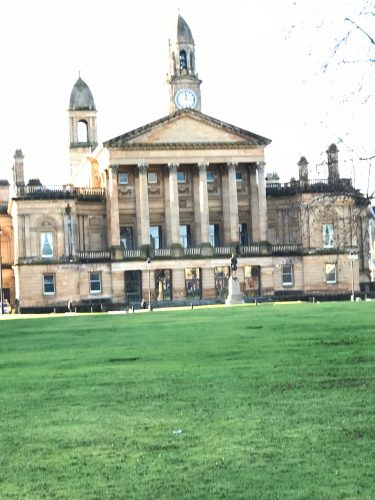
Robert Tannahill (June 3, 1774 – May 17, 1810) was a Scottish poet. Known as the ‘Weaver Poet’, he wrote poetry in English and lyrics in Scots in the wake of Robert Burns.
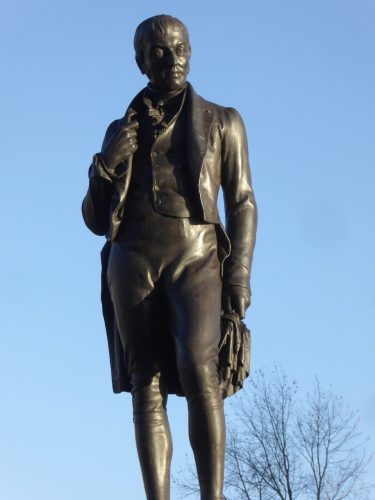
George Clark donated heavily to Paisley
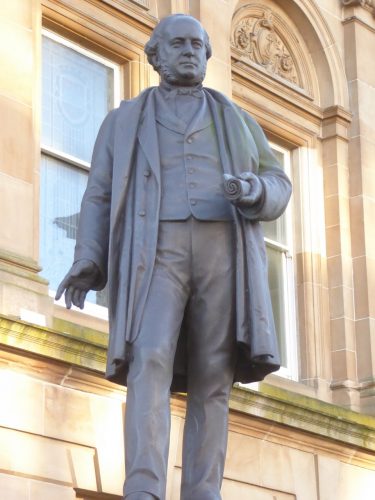
Paisley was once a capital of British weaving, the distinctive pattern is known to most, Alexander Wilson (July 6, 1766 – August 23, 1813) was a Scottish-American poet, ornithologist, naturalist and illustrator. Identified by George Ord as the “Father of American Ornithology”, Wilson is regarded as the greatest American ornithologist prior to Audubon. And Vic is ubiquitous
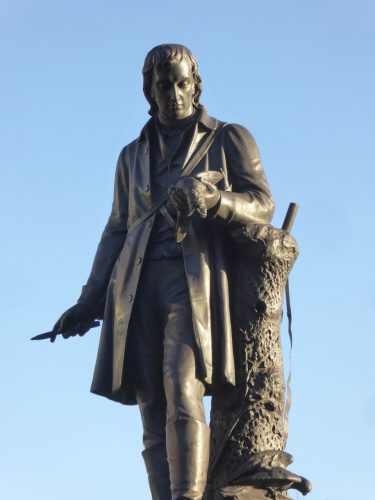
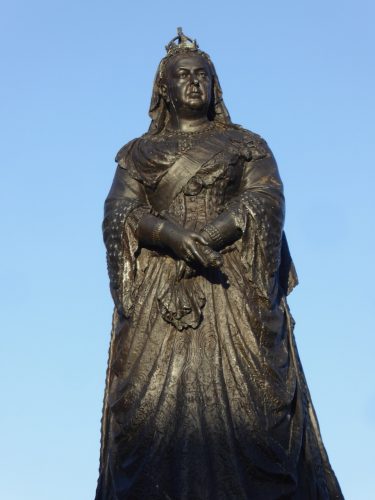
Thomas Coats was in the thread business and apparently quite successful based on this church he helped fund.

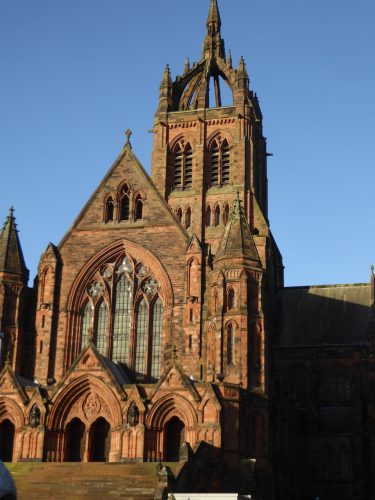
{ 0 comments… add one now }